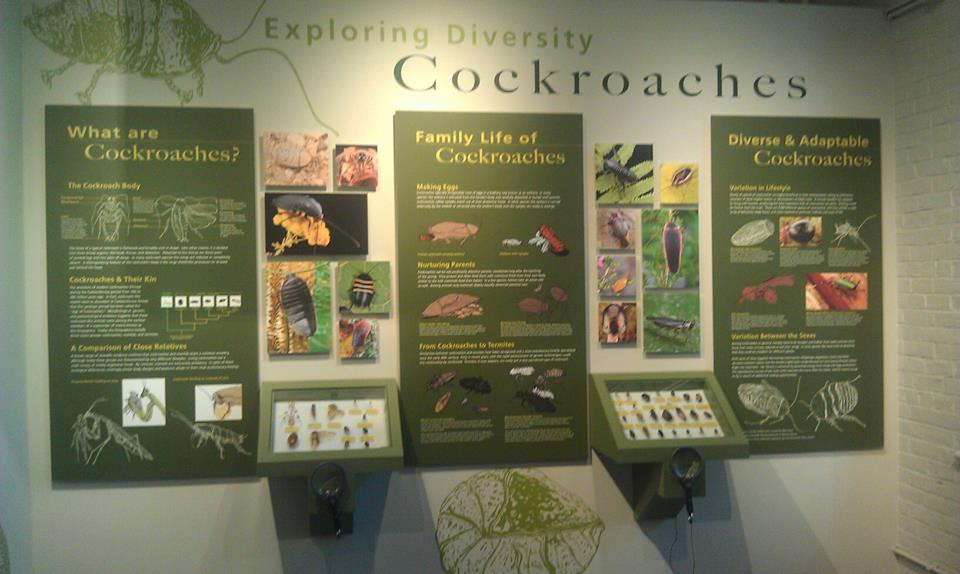A fun-filled day at the Harvard museum in Cambridge, MA

By Andrea Timpano, Taking the Kids correspondent
CAMBRIDGE, MA — After a quick ride on the #1 bus from the MIT Museum, we arrive in bustling Harvard Square. The rain has stopped but the humidity returns full-force to greet us as we join the throngs of people walking down Mass Ave. It’s not unusual to see crowds like this here.

With its variety of restaurants and shops and its proximity to the sprawling Harvard University campus, this popular Cambridge neighborhood has a lot to offer.
While most in the crowd continue toward Brattle Street, Alex and I turn right on Peabody and head toward the gates of Harvard Yard. We’re on our way to the Harvard Museum of Natural History located on Harvard’s picturesque campus at 26 Oxford Street. Founded in 1998, the museum is the most frequently visited attraction at the university.
One charming stroll through Harvard Yard and several photo stops later, we reach our destination. Though it is late afternoon and the museum will close in two hours, a decent crowd is assembled inside. The museum’s layout is open and airy though and we have no trouble moving through the exhibits. There is a lot to see, and it seems like there is something here for everyone. Whether it’s an exhibit on meteorites, plant life, animal evolution, or climate change, there’s bound to be something that peaks your interest.
Our first stop is the minerals, gems, and meteorites room where we see a massive 1600 pound amethyst geode from Brazil. Most of what’s on display in this room, and in the rest of the museum, is kept in glass cases and cannot be touched. This museum is not as hands-on as others in Boston (like the Museum of Science, for example) but I notice as we continue our tour that there are still plenty of interactive exhibits to keep the kids busy. The exhibits are well-designed in that both kids and adults will be able to appreciate something about each one, be it a colorful display, audio/visual component, or text description of what’s behind the glass.
One of the most memorable exhibits for me is Arthropods: Creatures that Rule. In this exhibit, we learn about a variety of invertebrate animals and even get to see them up close with magnifying glasses. There are a handful of live insects in this room, including cockroaches and a Chilean Rose Tarantula (yikes!). I also enjoy our visit to the Vertebrate Paleontology room which features a variety of dinosaur fossils like the impressive 42-foot long Kronosaurus.
In the Fossil Mammals room, 9-year old twins Nelson and Anna from Watertown, MA tell us we must see their favorite exhibit, the Great Mammal Hall, before we leave the museum. We pass through several exhibits to get there, including ones on Africa and Indo-Asian birds and animals. We also stop to see the New England Forests exhibit where the displays and sounds of forest animals make us feel like we’re in the woods instead of a museum. Arriving in the Great Mammal Hall, our attention is immediately drawn upward to the large whale skeletons suspended from the ceiling. There are other animal skeletons in the room too, and these are displayed in individual glass cases at floor level.
After about 90 minutes of touring, we circle back through the exhibits and find ourselves in the gift shop. We don’t buy anything, but we look at a wide selection of games, books, stuffed animals, gems, jewelry, and other souvenirs.
Dropping off our recyclable museum ID badges, we head out into the drizzling rain. Within minutes, the drizzle becomes a drenching downpour. We power walk down Oxford Street and take shelter under the large white tent of a farmer’s market. The rain is still coming down in sheets, but we decide to make a break for Harvard Yard just a few feet away. Dodging puddles, we quickly make our way back through campus toward Harvard Square. Once there, we hurry to Au Bon Pain, one of the area’s many places to grab a bite. Collapsing into our chairs after buying soup and sandwiches, we realize how tired we are from a day of rain and museums. It’s been a long afternoon, but a fun one.



